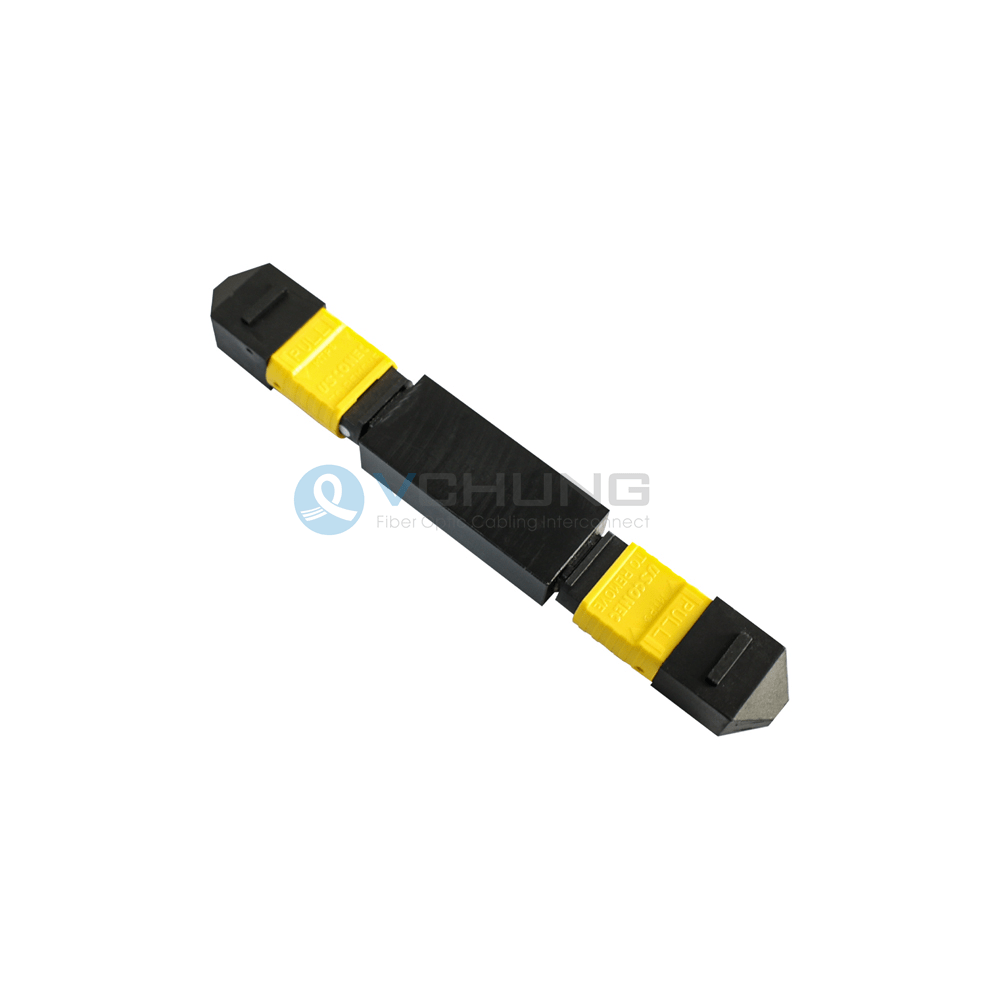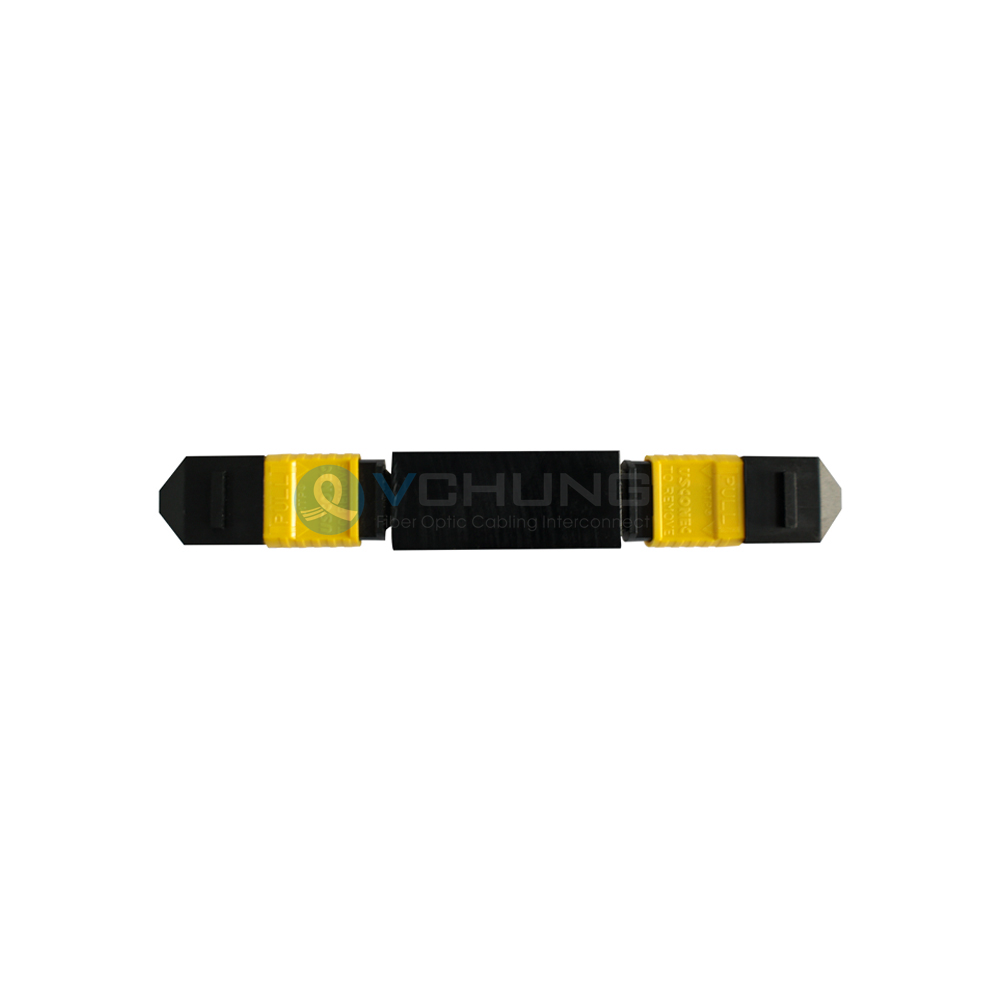Brief Introduction
The 16C MPO variable attenuator is a Male to Female multi-fiber attenuator designed for high-density applications. It features precision MPO/APC connectors on both ends, enabling direct plug-and-play integration between patch cords and equipment without additional adapters. Integrated precision micro-optics within the ferrules provide accurate and consistent attenuation across all 16 channels. By adjusting the thumb wheel, optical signal power can be precisely reduced from 0 to 10 dB in incremental steps. Inserting this attenuator into an optical link effectively protects sensitive transceivers and components from damage caused by excessive optical power while maintaining signal integrity.
Features
1.High attenuation accuracy (±0.5 dB to ±1.0 dB) with flat spectral response across 1260-1650 nm.
2.Low insertion loss and excellent return loss (≥55 dB MPO/APC).
3.Robust aluminum housing ensures superior stability and durability.
4.Easy-to-use thumb wheel adjustment with male to female direct connection.
Applications
1.Precise optical power attenuation in 16-fiber MPO/MTP links for transceiver protection.
2.Power level debugging and calibration in data centers, 5G networks, and PON systems.
3.Signal attenuation in high-density cabling systems, distribution frames, and patch panels.
4.Optical transceiver validation and link margin evaluation in laboratory environments.
Product Video
Specifications
| Attenuator Type | MPO-16 (Male-Female, Type A) | Polish Type | APC |
| Fiber Mode | Single-mode | Test Wavelength | 1310nm |
| Operating Wavelength Range | 1260~1650nm | Body material | Aluminum |
| Attenuation Tolerance(2~4dB) | ±0.7dB | Attenuation Tolerance(5~10dB) | ±1.0dB |
| Operating Temperature | -20℃ to +70℃ | Storage Temperature | -40℃ to +85℃ |
Detailed Images


Packing
NOTE:One ziplock bag for one Attenuator.
 |
 | Our Quality Control We use highly reliable testing equipment. Each product must pass 100% test to ensure that all the products are reliable, good consistency and meet the international standards. Here, you can see our equipments and test methods. Learn More... |







